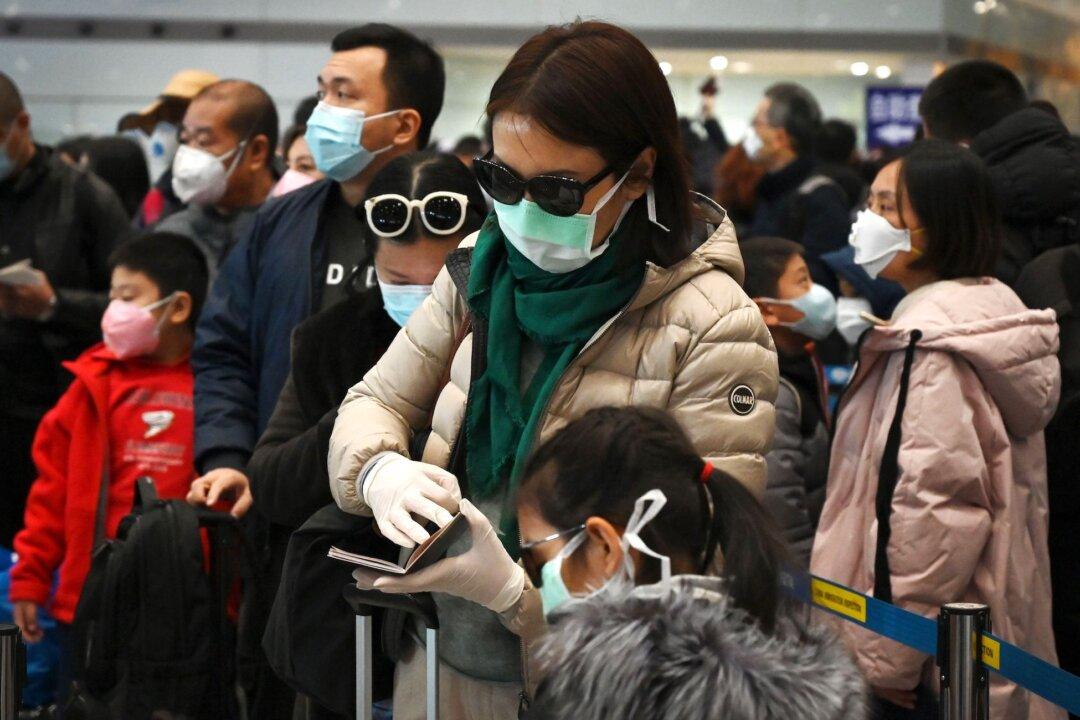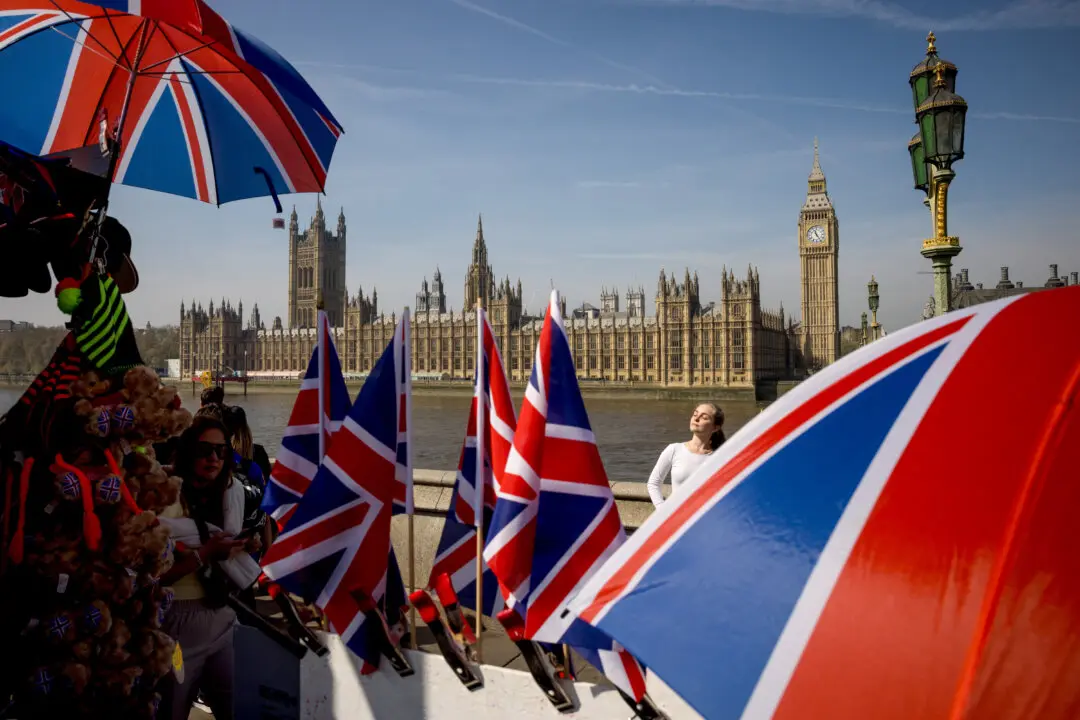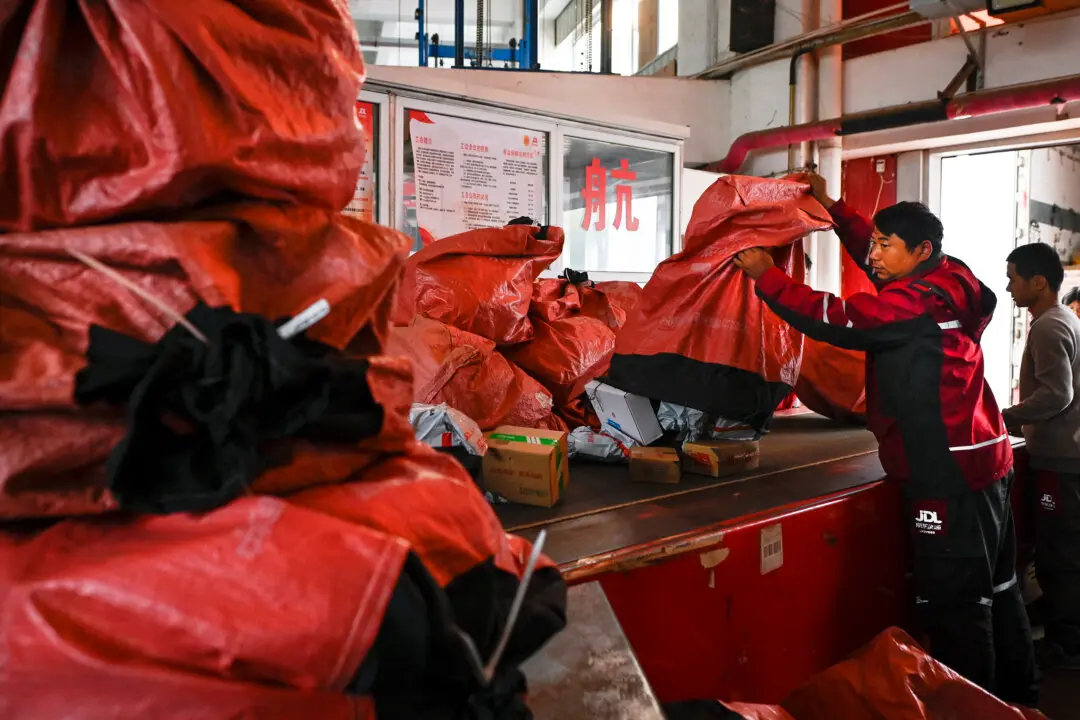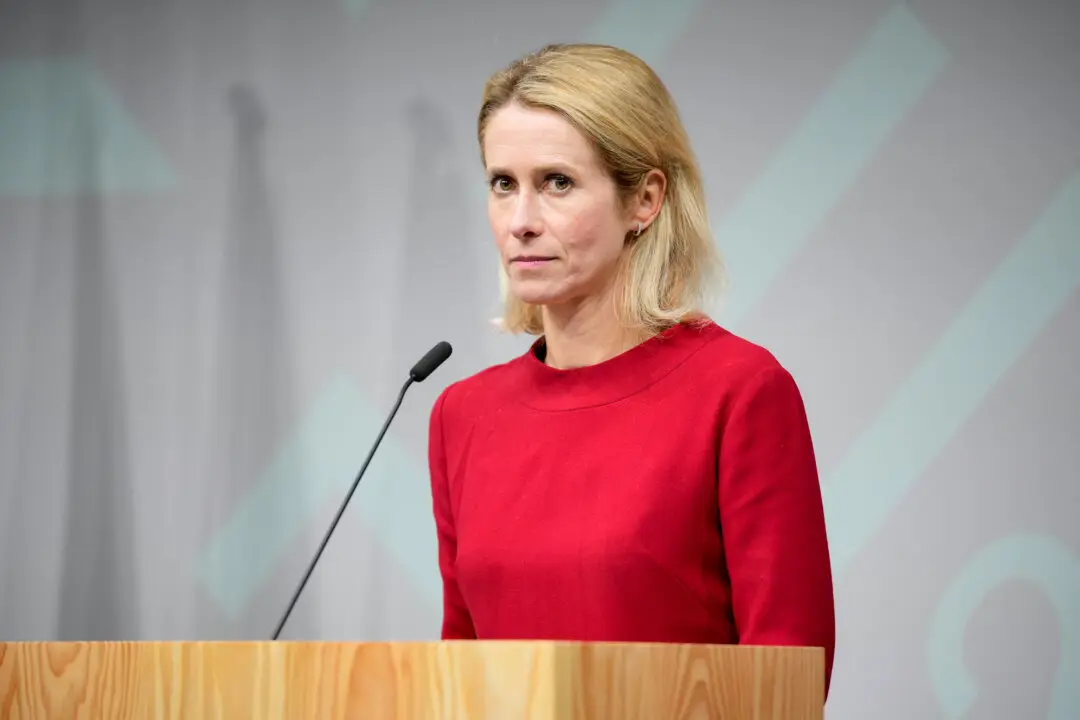China’s communist regime says it will discount entry visa fees for travelers from more than a dozen countries as Chinese Communist Party (CCP) officials grapple with the spread of a mysterious pneumonia outbreak that has left hospitals across the country overflowing with children.
The 25 percent fee cut was announced during a press briefing on Dec. 8; the CCP stated that since downgrading COVID-19 to a second-level infectious disease, accompanied by less stringent preventative measures on Jan. 8, the regime has continued to improve visa policies to encourage more travelers to visit.




